First Course
An exciting collaboration between a Nordic inspired porridge pop up and art.
If you know me, you know that I love porridge. During my time in Copenhagen, I was inspired by the restaurant Grød, where porridge was is not a pasty gruel that you eat just to be able to slog through your day (though grød does mean gruel in Danish), but rather a cozy bowl of deliciousness. With ingredients like heirloom rye, pea shoots, fermented rhubarb, toasted hazelnuts, and wild greens, I had a hunch that porridge could be a hit in many U.S. cities. Porridge is the epitome of hygge food, a danish word that means something along the lines of "beyond cozy" and is pronounced something along the lines of "hoo-gah". The concept of hygge has been popularized over the last year (it was shortlisted on the Oxford English dictionary's word of the year in 2016), but several years ago I returned with a new appreciation for hygge and all that goes with it, including porridge and, of course, candles. We may be approaching the first day of spring, but the weather is still ripe for hygge and, really, hygge (and porridge) can be embraced in any season if done right!


Gorgeous Koik Ceramics bowl that is similar to the one you'll take home at this event.
Since this danish epiphany, the porridge shop idea has been just a fun daydream until a few months ago when I finally put on a porridge pop up at Pizzaiolo restaurant in Oakland. I'm hoping to put on a few more at Pizzaiolo (so grateful to them for letting me crash their wonderful and cozy restaurant!), but meanwhile, I'm trying out a new concept. A few badass women maker friends and I are putting together First Course - a pop up featuring not only delicious porridge, but also limited edition art - including a hand-thrown bowl by my friend Sarah Koik (that you both eat out of and get to take home). This eat-your-porridge-keep-your-bowl idea has been a fantasy of mine, so I am ecstatic to see it come to fruition!
Other participating makers include beeswax candles made by amazing artist (and dear friend) Lauren DiCioccio, custom brass cast spoons by jeweler Christy Natsumi, and a set of cloth napkins/tea-towels hand embroidered by Nadia Lachance.
To reserve your spot at First Course, visit Sarah Owen Studios. Here's the porridge menu, just in case you need a bit more culinary enticement. Most produce is sourced from Top Leaf Farms, an urban farm less than 2 miles from the event, or it is foraged by yours truly, and millet was grown locally by Farmer Mai.
Millet and chicken tamari: Seared radish, crackling, and wood sorrel sauce.
Buckwheat, wild greens, and goat gouda: Soft-cooked egg, crispy shallots, and pea shoots.
Heirloom mixed-grain and rhubarb-apple crisp: Cardamom, yogurt, molasses, and bay nut.
I'll be sure to post a few recipes later on, but meanwhile get your tickets and see you there!
Wanting the Unwanted: Why Eat Weeds
Wild food week 4/4 - 4/10!

What is the first food that comes to mind when you hear "foraged"? My guess is that a mushroom came to mind. While it's true that most mushrooms are grown in the wild, there's an abundance of other wild plant foods that are much easier to find and identify.
Just because these wild plants are out there, does that mean we should eat them? My colleagues and I of Berkeley Open Source Food (BOSF) are arguing yes. Here's why:
Nutrition:When the human diet shifted from hunting and gathering to agriculture some 10,000-20,000 years ago, we began the process of selecting certain monocultures for specific characteristics. Decreasing agricultural diversity had benefits, including population growth, but also led to a decrease in a variety of nutrients, particularly phytonutrients, causing the Western diet to have a much narrower range of nutrients today than it did thousands of years ago. These phytonutrients may reduce our risk for modern chronic diseases such as diabetes, heart disease, and cancer. Incorporating more wild foods into our diet might help reduce the risk of chronic disease.

Ubiquitous snack: the humble dandelion
Sustainability: It's no secret that California is experiencing a massive drought. These wild plants require no water beyond what nature provides, are largely drought-resistant, and are abundant in urban environments. Additionally, if we can make it profitable for farms to harvest and sell their edible "weeds" rather than compost them, we'll increase farm efficiency. Finally, of course we also all have Armageddon in the back of our minds (or at least I do) and knowing about wild edible plants will set us up for success when the time comes!
Culture: When was the last time you picked your food from the ground? How did it taste? Did it give you a warm fuzzy feeling? Research indicates that even children who are reluctant to try vegetables will do so if they have a hand in harvesting them and foraging is no different. By knowing where our food comes from, we're helping get back to where we started, if even just a bit, which will result in improved quality of life.
Gastronomy: Let's face it, new, crazy ingredients are fun. Even if you don't want to "get wild" with wild foods personally, it's exciting to go to a restaurant and have them introduce you to a new, delicious, local plant, no?

Gastronomy: Getting wild at the Chez Panisse tasting table with chefs from The Perennial/Mission Chinese Food, Mission: Heirloom, and (of course) Chez Panisse.

Tasting table notes.
So, the next question is - how do we get these tasty, nutritious, and abundant plants on people's plates? The answer is multi-faceted, exciting, and challenging. A few of the angles we're taking to tackle the issue include mapping wild edibles in "food deserts", investigating barriers to consumption (and identifying how to overcome these barriers), creating a supply chain and market for wild foods, and promoting consumption of wild edibles.
One project on BOSF's foraged plate now is Wild Food Week, which begins tomorrow (4/4) and runs through Friday 4/10. Our intention with Wild Food Week is to increase awareness of and interest in wild edibles with a series of events from a guided foragers’ walk to dinners at César, Chez Panisse, The Perennial/Mission Chinese Food, and Mission: Heirloom. We are working with several local farms to source the edible weeds and will debut a foraging field guide called The Bay Area Baker’s Dozen Wild Greens. See event details here.
It's been an exciting and eye-opening journey with many unique challenges. I look forward to telling you more about these challenges as well as a debrief on the events and our successes. For now, here's a sneak peak of the top 13 most common wild edibles in the Bay Area that we've included in the Bay Area Baker's Dozen Wild Edibles field guide. If you donate $15 or more to Berkeley Open Source Food, we'll mail you a field guide of your very own! Just be sure to mention this in the "additional details about my support" section. Donate here.


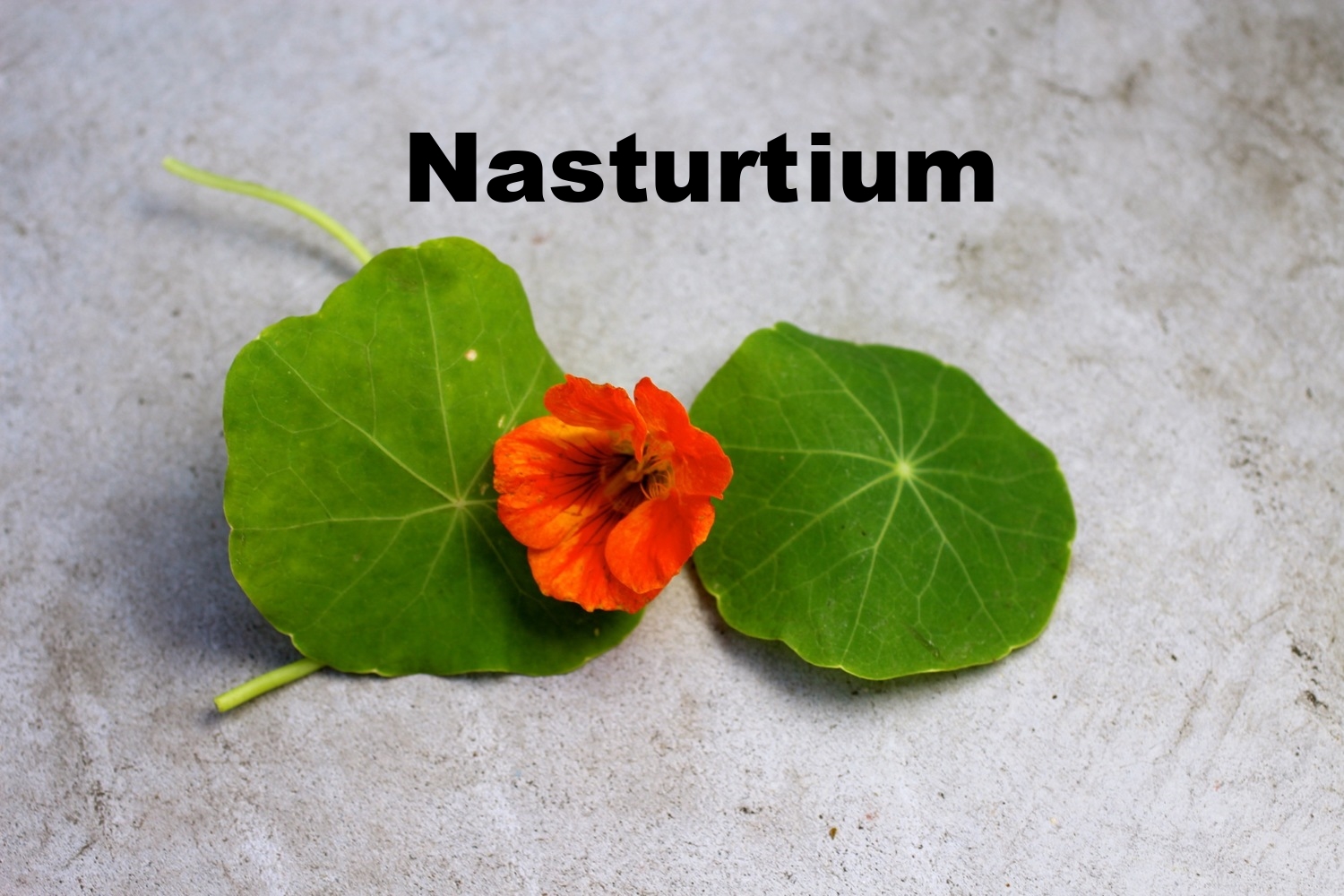



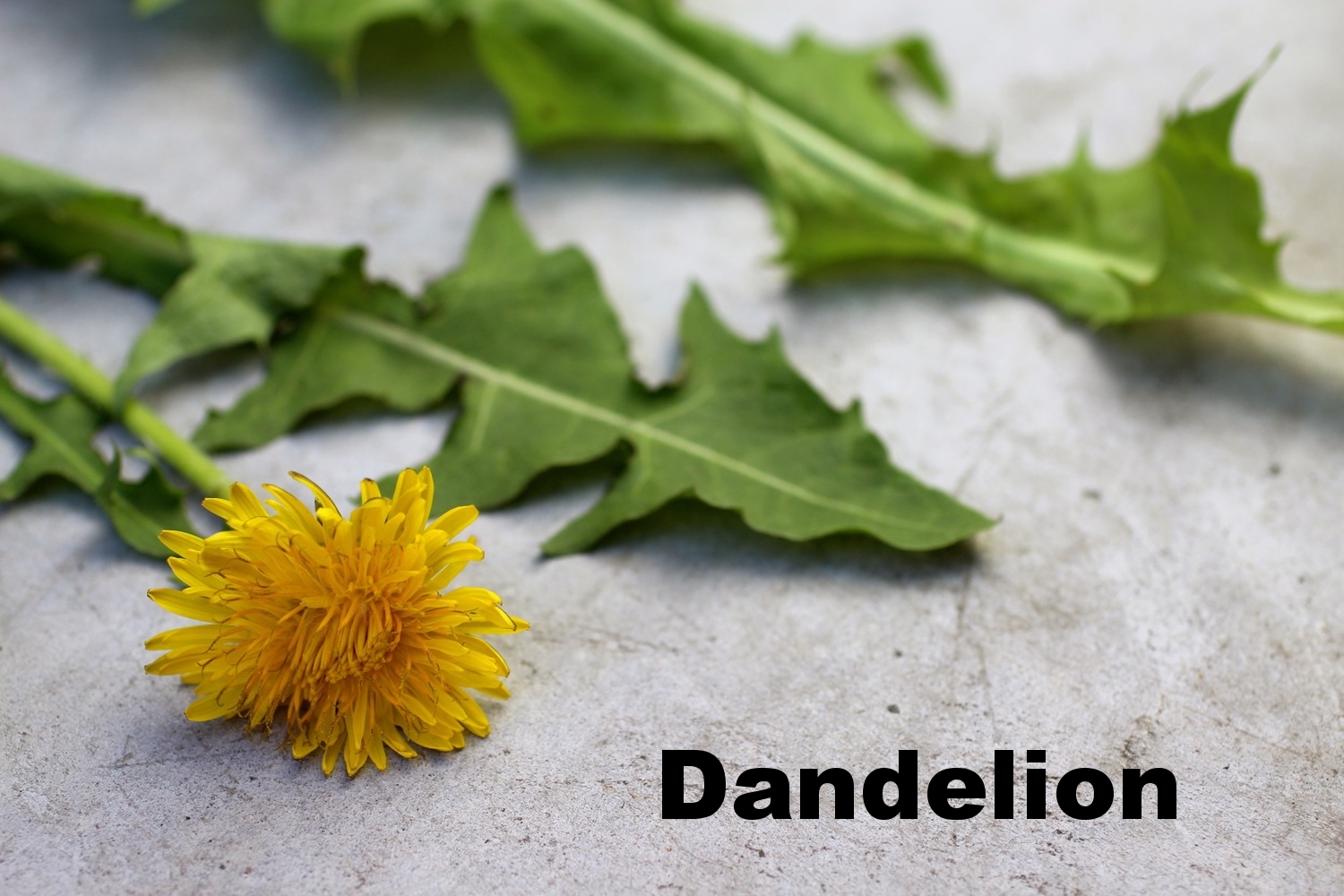


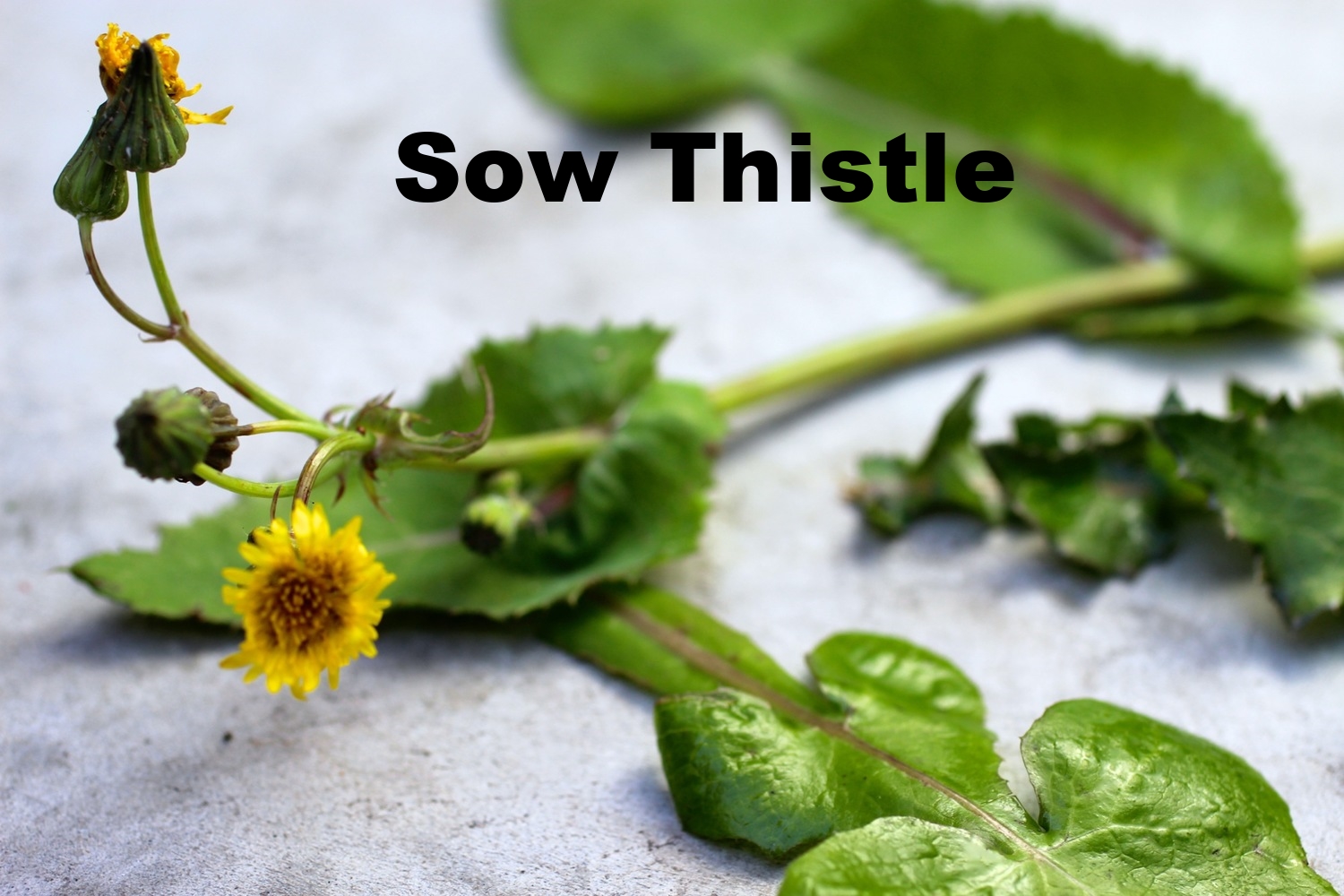

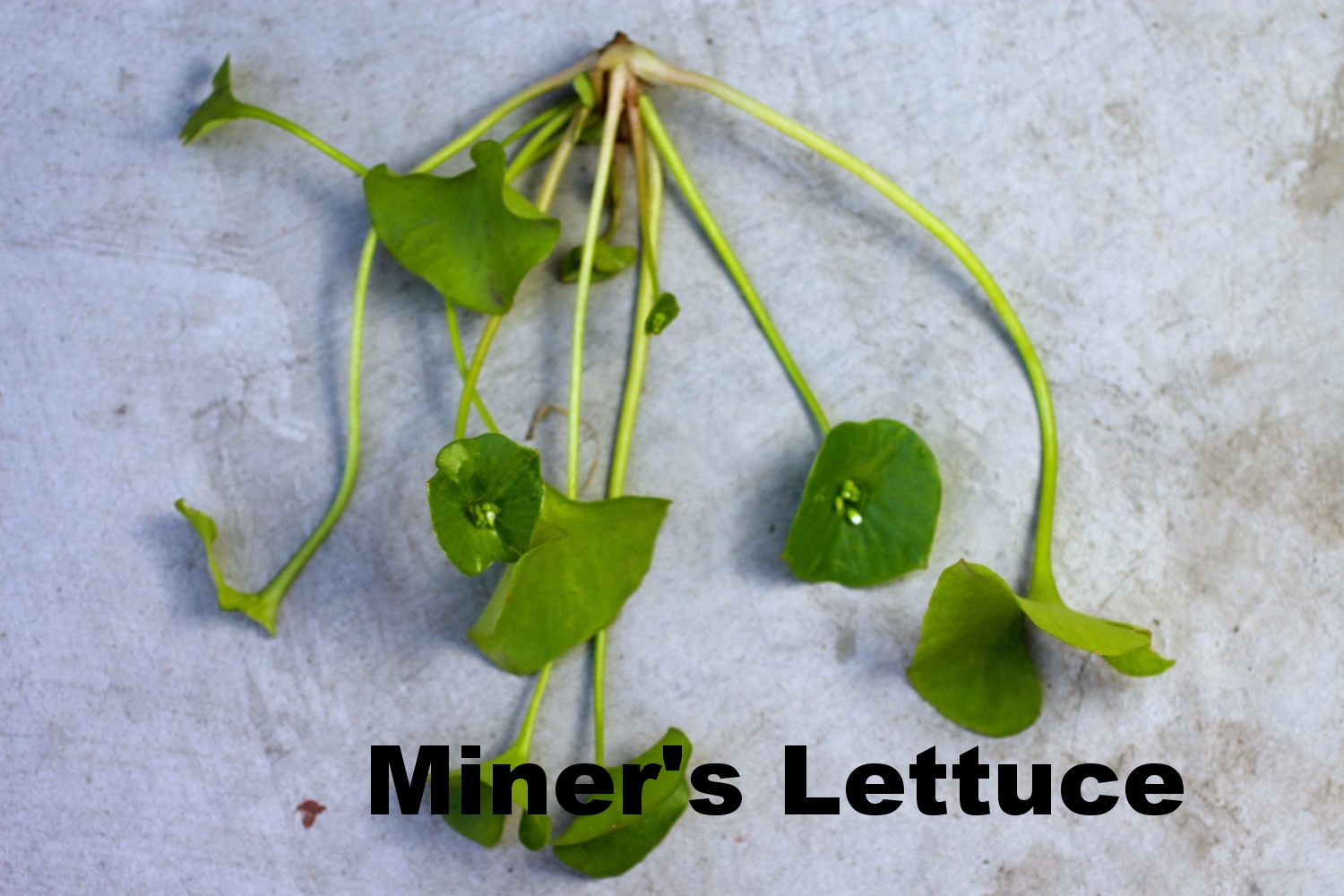
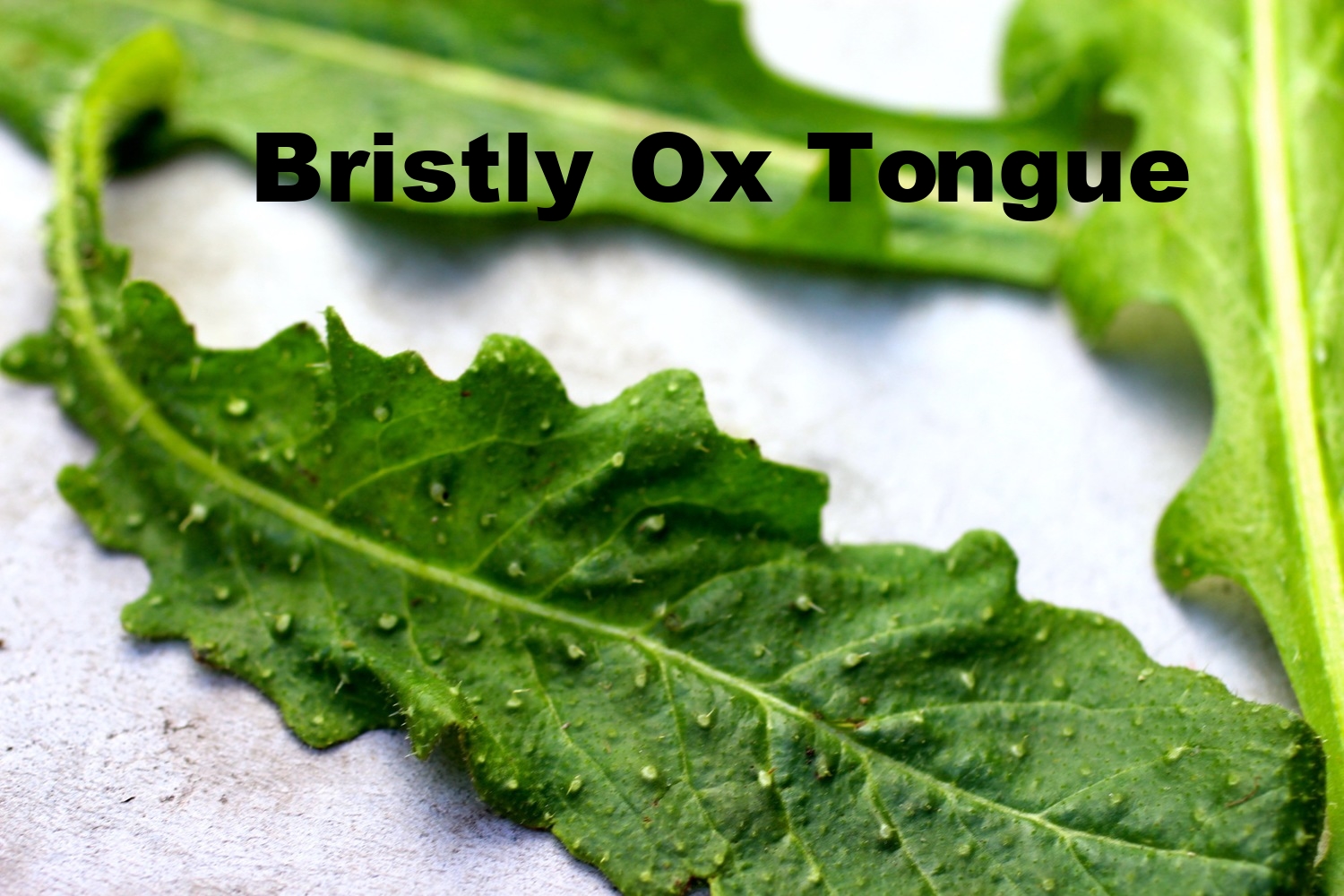
Here's an idea of what the field guide looks like - donate at least $15 to Berkeley Open Source Food and we'll send you one!

We've had a lot of press for this event - check it out!
http://www.eastbayexpress.com/WhatTheFork/archives/2015/03/31/slinging-weeds-wild-food-week
http://us7.campaign-archive2.com/?u=5da7f13757629775a7e122725&id=0b39e78e13&e=d87ccf06ab
http://www.citylab.com/work/2015/04/how-do-you-convince-people-to-eat-weeds/389357/
http://missionlocal.org/2015/04/for-wild-food-week-weeds-for-dinner/
http://www.nbcbayarea.com/news/local/Wild-Food-Week-298812881.html
References:
Gibbons, E., 1962. Stalking the Wild Asparagus, David McKay Co., Inc., NY, 303pp.
Robinson, J. “Breeding the Nutrition Out of Our Food”. The New York Times, 2013.
Craig, W. “Phytochemicals: Guardians of our health.” J Am Diet Assoc. 1997;97:199-204.




